Greater Propylaiain pediment, ancient Eleusis, Attica, Greece — Photo
L
2000 × 1257JPG6.67 × 4.19" • 300 dpiStandard License
XL
3990 × 2507JPG13.30 × 8.36" • 300 dpiStandard License
super
7980 × 5014JPG26.60 × 16.71" • 300 dpiStandard License
EL
3990 × 2507JPG13.30 × 8.36" • 300 dpiExtended License
Greater Propylaia is the entrance to the Sanctuary of Demeter, a gateway in the old precinct wall of the sanctuary built in the reign of Antoninus Pius (A.D. 138-161) in imitation of the Propylaia on the Acropolis of Athens.
— Photo by lefpap- Authorlefpap

- 26686493
- Find Similar Images
- 4.6
Stock Image Keywords:
- tourism
- greater
- Hellenistic
- columns
- Mediterranean
- Goddess
- marble
- history
- eleusian
- greece
- propylaia
- europe
- ancient
- Persephone
- ancient greece
- sightseeing
- classical
- travel
- archaeological
- culture
- attraction
- shrines
- classic
- temple
- famous
- clouds
- stone
- archeology
- demeter
- sky
- monument
- touristic
- landscape
- sanctuary
- civilization
- attiki
- roman
- pediment
- Elefsis
- athens
- greek
- antique
- landmark
- elefsina
- ruins
- architecture
- doric
- Attica
- historic
- site
Same Series:


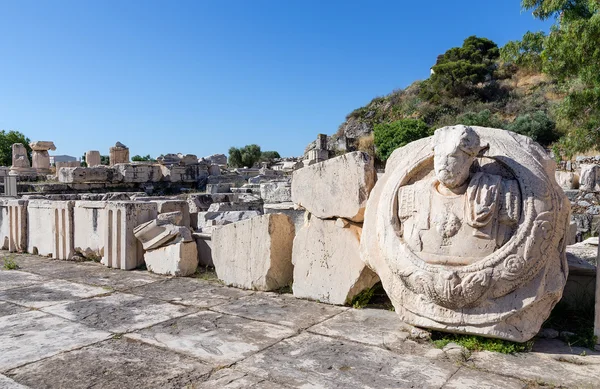
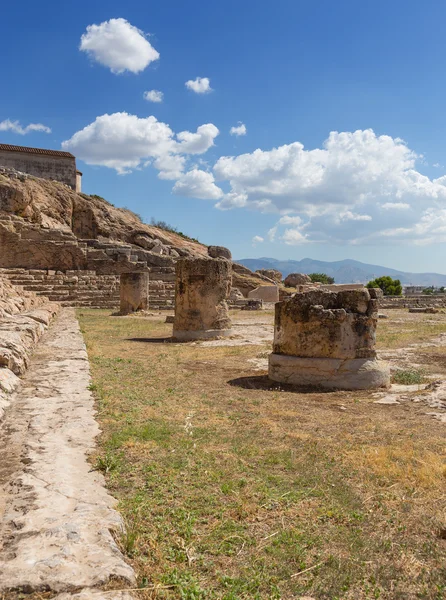





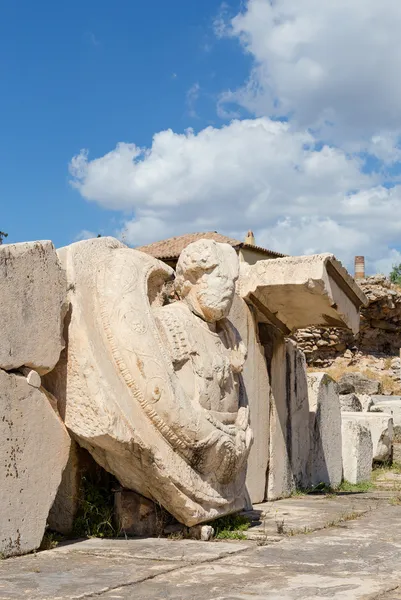
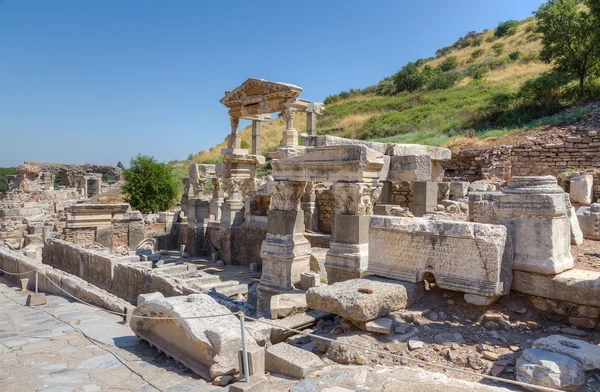

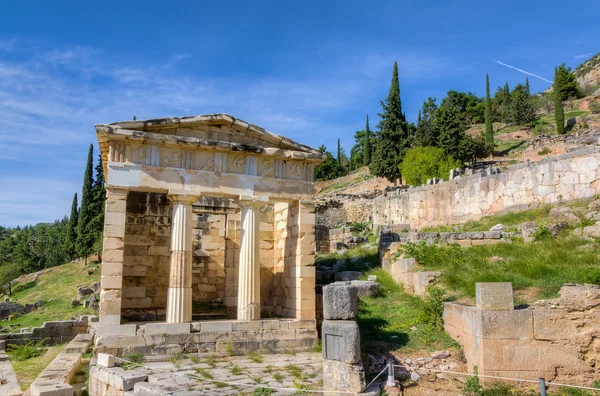
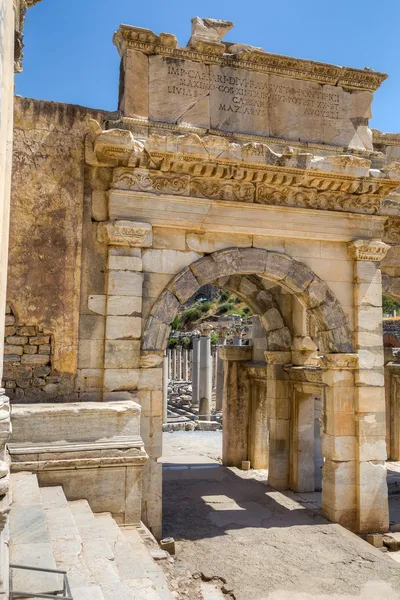
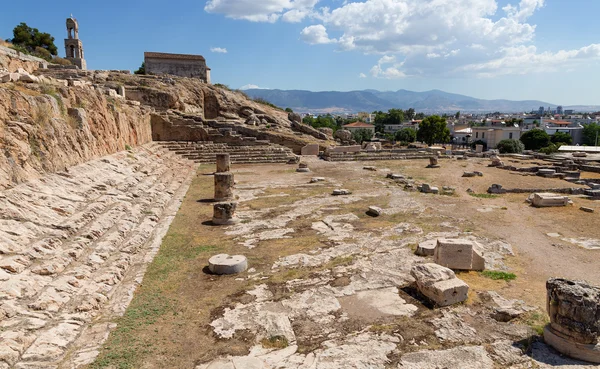
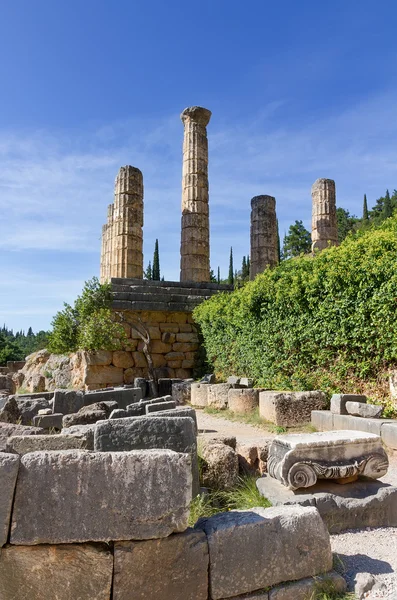
Similar Stock Videos:
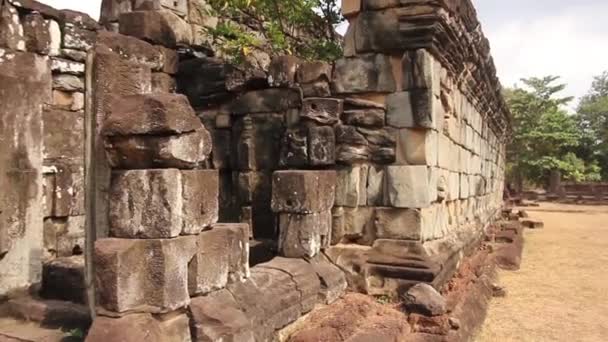
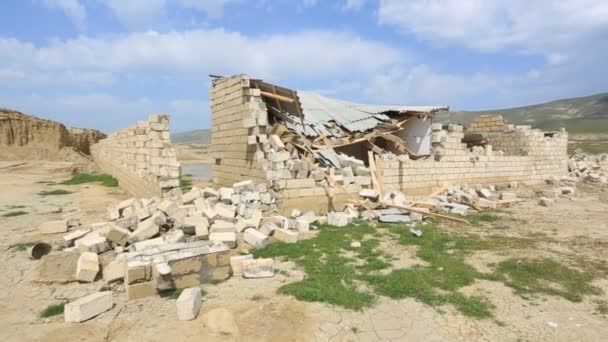

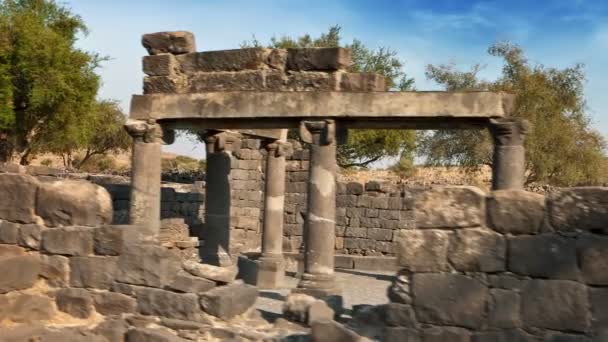
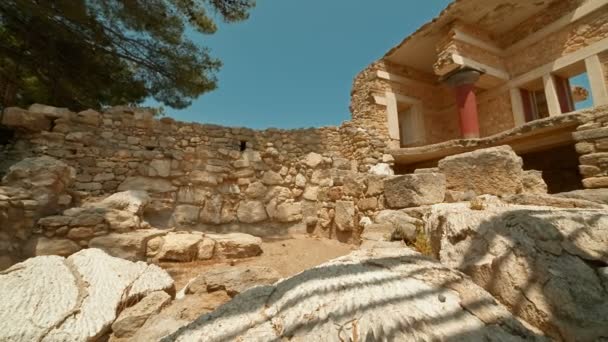
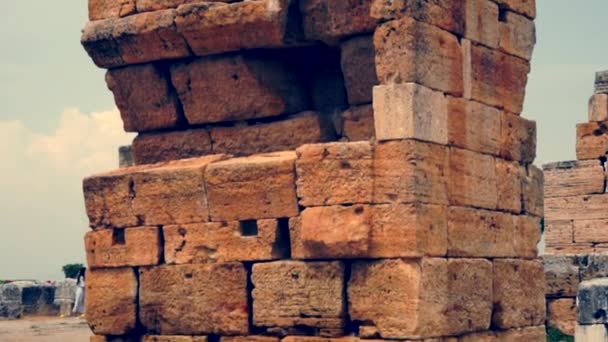

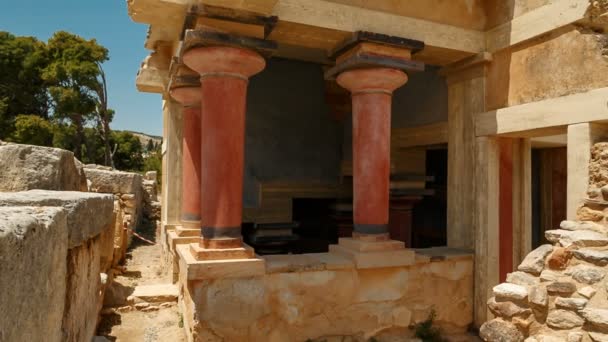


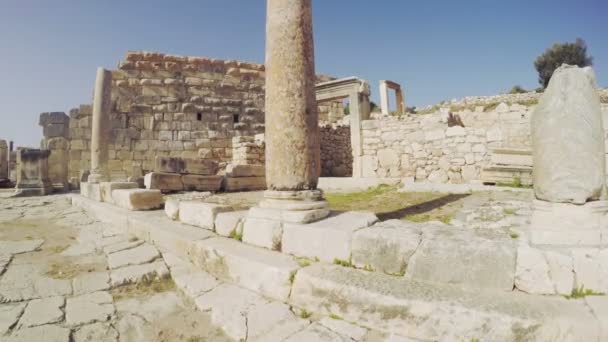
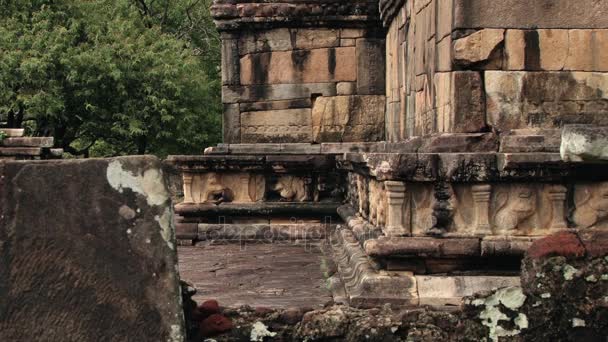
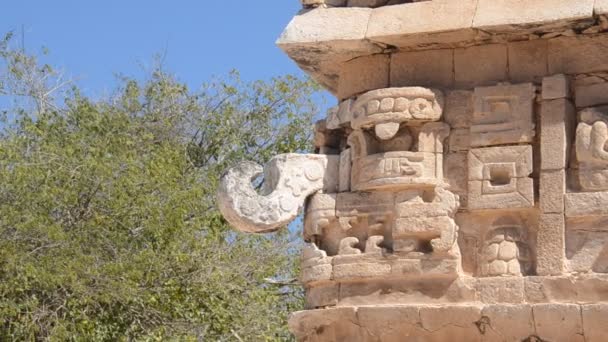
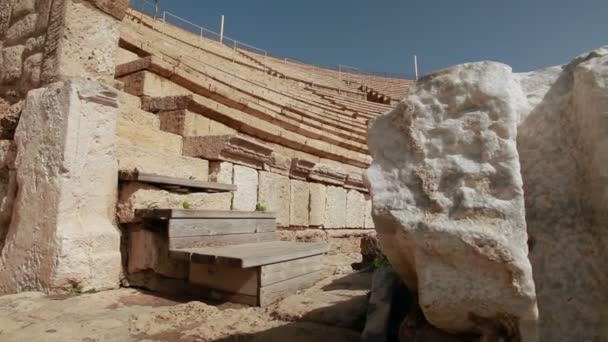
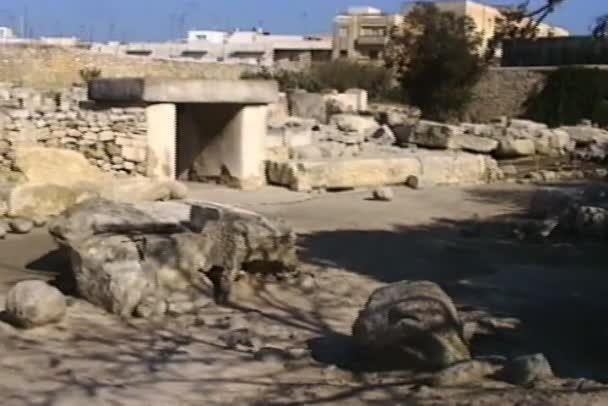
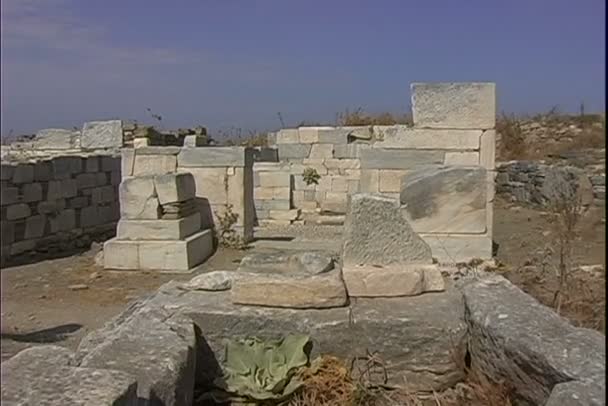
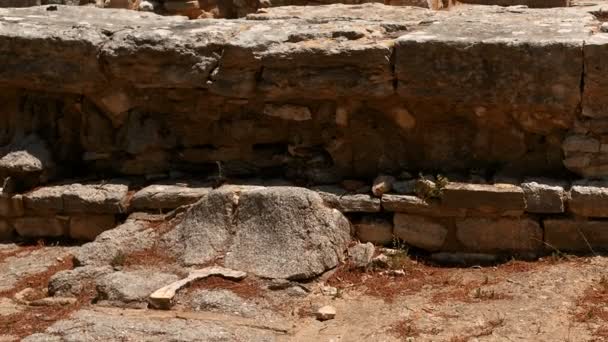

Usage Information
You can use this royalty-free photo "Greater Propylaiain pediment, ancient Eleusis, Attica, Greece" for personal and commercial purposes according to the Standard or Extended License. The Standard License covers most use cases, including advertising, UI designs, and product packaging, and allows up to 500,000 print copies. The Extended License permits all use cases under the Standard License with unlimited print rights and allows you to use the downloaded stock images for merchandise, product resale, or free distribution.
You can buy this stock photo and download it in high resolution up to 3990x2507. Upload Date: Jun 12, 2013
